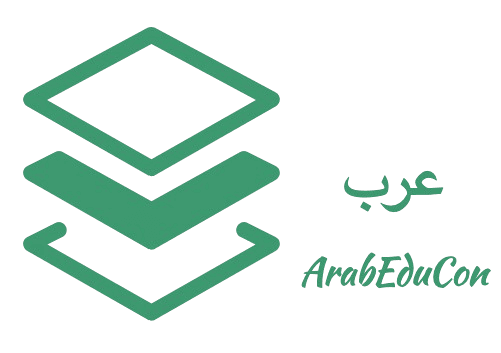Myth-Busting: Common Misconceptions About Education in the Arab World
NI
The Role of Tradition and Modernity in Education
When discussing education in the Arab world, a common misconception is that it is heavily rooted in tradition and resistant to change. While tradition plays a significant role in shaping educational systems, many Arab countries are embracing modern educational methodologies. Countries like the United Arab Emirates and Qatar are investing heavily in educational reforms that integrate technology and innovative teaching methods.

Moreover, several Arab nations have partnered with leading global universities to establish branches in their countries. This collaboration fosters a blend of local cultural values with international educational standards, creating a dynamic learning environment that prepares students for a globalized world.
Language Barriers and Education
Another prevalent myth is that the Arabic language is a barrier to achieving quality education. In reality, many educational institutions in the Arab world offer bilingual programs or primarily instruct in English. This approach not only enhances students' language skills but also makes them competitive in the global job market.
Furthermore, there's a growing emphasis on teaching English from an early age, particularly in private and international schools. This effort ensures that students are proficient in both Arabic and English, allowing them to navigate diverse cultural and professional contexts effectively.

Access to Education for Women
A significant misconception is that women in the Arab world have limited access to education. On the contrary, female enrollment in schools and universities has been steadily increasing across several Arab countries. In nations like Saudi Arabia, women now outnumber men in higher education institutions.
Governments are actively promoting women's education by developing policies that support female students and offering scholarships specifically for women. This progress is evident in the growing number of female graduates who are entering various professional fields and contributing to their countries' economies.

The Impact of Socioeconomic Factors
Socioeconomic disparities indeed affect educational access, but this issue is not unique to the Arab world. Many countries are working to bridge this gap by implementing public education reforms and increasing funding for schools in underserved areas. Initiatives such as free education, school meal programs, and transportation assistance are being introduced to ensure that education is accessible to all students, regardless of their economic background.
Countries like Jordan and Egypt have launched programs aimed at improving educational infrastructure and teacher training, which helps enhance the overall quality of education provided to students from all socioeconomic backgrounds.
Conclusion: A Diverse Educational Landscape
In summary, while there are challenges within the educational systems of the Arab world, it is crucial to recognize the significant strides being made towards modernization and inclusivity. The landscape is diverse, with each country adopting unique approaches to cater to their populations' educational needs.
Busting these myths allows for a more nuanced understanding of education in the Arab world, highlighting both its challenges and advancements. Continued efforts in reforming educational policies will undoubtedly pave the way for further progress and innovation.
